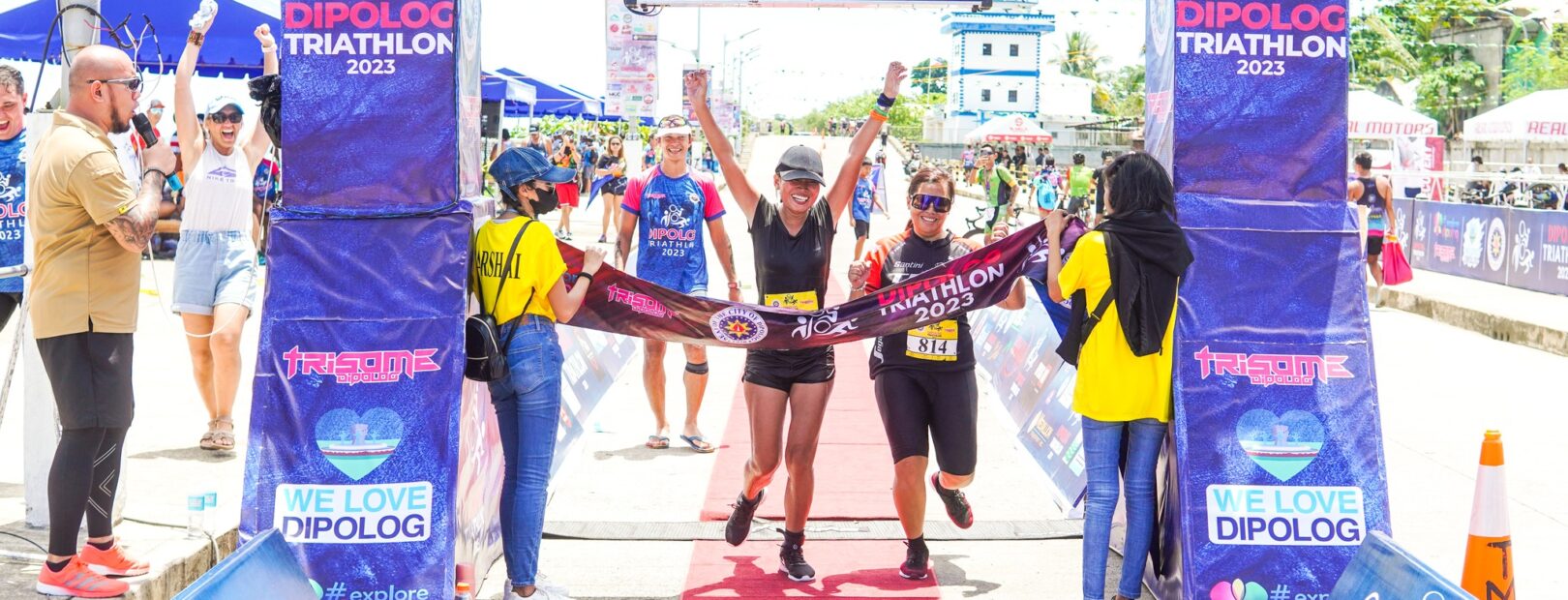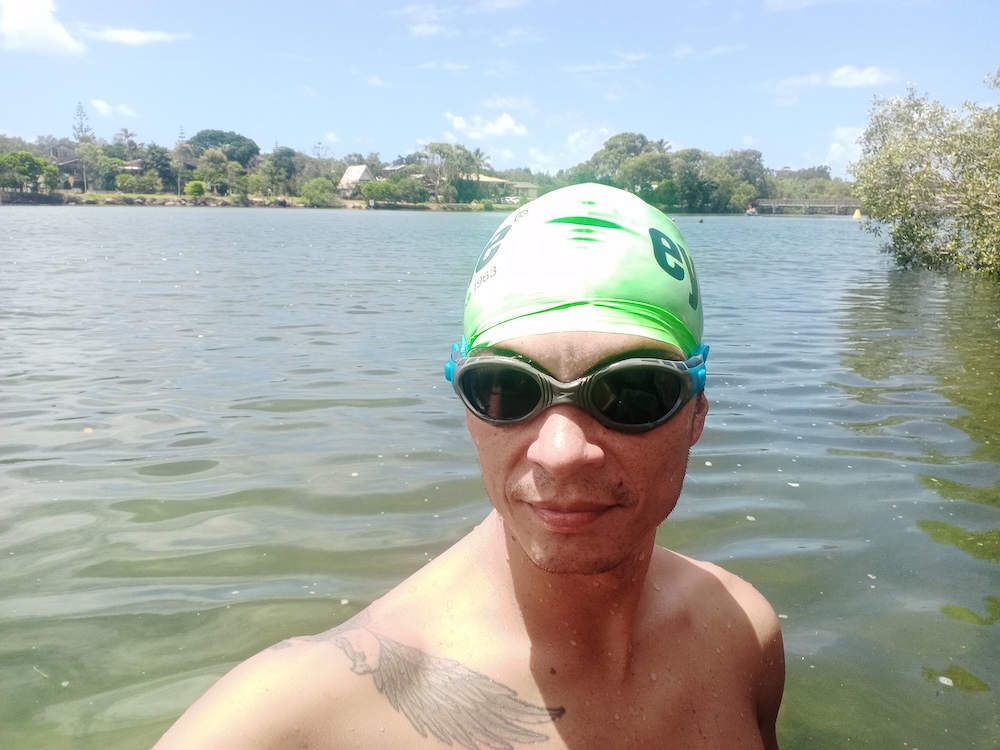This year, I was not able to join the Ironman 70.3 event in Lapu-Lapu, Cebu. However, I was able to race there twice in 2016 and 2017, and during my 2nd attempt at the event, we experienced a very strong current going South-West in the Mactan channel, if I remember it right. I thaught that this can’t be topped anymore but I was totally wrong: the swim during Ironman 70.3 Davao last year was even worse!
I believe that I have clocked my slowest time during that event, and after fighting my way through, Ironman just cancelled the swim (after I had done it), so that the event was a mere bike – run, in the end. Hundreds of triathletes were not able to fight the current, and one triathlete (a swim coach, actually), had died during the swim, unfortunately.
Also the triathlon in Cebu drew media attention in the past years, since a couple of triathletes had died during the race – usually during the swim. But not only Ironman events are “affected” by this phenomenon: during my participation at the Challenge Peguera-Mallorca in 2019, there was also a fatality. The waves were some of the highest that I have ever experienced at a triathlon event – I recall only the swim at Ironman Philippines last year in Subic and the Olympic distance triathlon in Oslob, Cebu, in October 2013 that had similar conditions.
Anyway, my point is: it is very important to familiarize yourself with open water swimming conditions – especially, if you are planning to race in an open water scenario! I believe that in most cases, triathletes would die during a swim due to stress, panic attack, and / or heart attack. Being as comfortable as possible during a rough swim can tremendously improve the situation, I believe. Of course, getting regularly checked by a medical doctor would be also very important leading to a race.
Today, I was swimming in the Brunswick River, just a couple of kilometres away from our home. The swimming pool in Mullumbimby closed last Friday for “winter season”, so my best alternative is swimming in the river. I had checked the tides, and the highest tide for today would have been around 8:09 AM according to https://tides.willyweather.com.au/nsw/far-north-coast/brunswick-heads–river-entrance.html.

I had made my way to the river around 9 AM, so I would eventually find myself swimming against the current. I usually swim between the two bridges in Brunswick Heads which are approximately 150 metres apart, so one lap would be about 300m.
The first laps were a bit easier on the way “out” which means river-downstream towards the ocean. You can clearly see in my Strava records that the times going up the river went from 2:09min/100m to 2:06, then 2:13, 2:18, 2:31, 2:30, and even 2:43!

Downstream, I went 1:48, 1:40, down to a pace of 1:33. This is pretty significant, and the currents in the open sea can be similar. I remember that during one of my frist swims in the river around 1,5 years ago, the current got so strong that I was fighting really hard for every single meter. My swimming pace might have been 4 or 5 minutes for 100m! I did not have my GPS watch with me at that time but it clearly felt very hard and slow.
So, if you are not well trained as a swimmer, it will be very difficult, or even impossible to complete the swim course in case you will face strong currents. The solution? Of course, practice swimming, become faster, but most importantly do a few test swims at the event site, if possible, to get an idea of the local situation.

